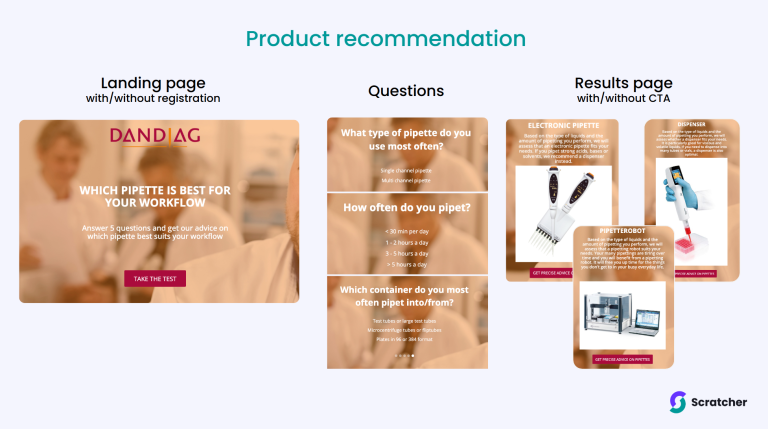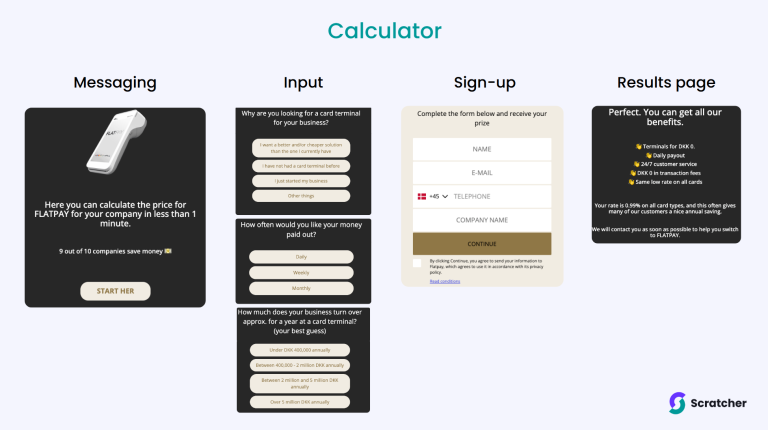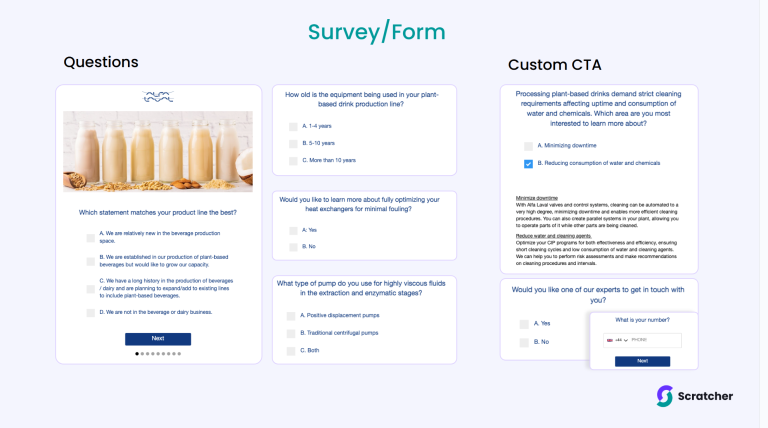B2B Gamification and Omnichannel Strategies for Lead Generation
In the world of B2B marketing, capturing and engaging leads has become increasingly complex. The answer? A combination of gamification and omnichannel strategies. By leveraging these tools, B2B businesses can create more interactive, engaging, and ultimately effective lead generation campaigns. But how can you master these techniques? Let’s explore how to blend gamification with omnichannel strategies to drive results.
What is Gamification in B2B Marketing
Gamification involves using game-like elements—such as points, rewards, and challenges—to encourage engagement and motivate action. In the B2B space, this could mean transforming your webinars, email campaigns, and even trade show booths into interactive experiences that draw prospects in. When combined with an omnichannel approach, gamification can significantly enhance the customer journey by making it more engaging and memorable.
The Power of Omnichannel Marketing
Omnichannel marketing, on the other hand, is all about creating a seamless experience for your prospects across all channels—whether digital (email, social media, websites) or physical (events, trade shows). It’s not just about being present on multiple platforms; it’s about ensuring every touchpoint is connected and consistent. This approach allows your prospects to engage with your brand across various channels without feeling like they’re jumping between disconnected experiences.
Why Gamification and Omnichannel Strategies Are Key for B2B Lead Generation
Gamification is a great way to boost engagement. Using interactive quizzes, challenges, or rewards can encourage prospects to spend more time on your site, open your emails, or join your events. When you combine this with an omnichannel approach, the impact is even stronger. Prospects can interact with your brand seamlessly across different platforms, creating a consistent and engaging experience.
Gamification provides instant feedback and rewards, which keeps people interested. By adding these elements into your omnichannel strategy, you create a personalized journey for each prospect. Whether they’re reading your emails, following you on social media, or joining your webinars, gamification ensures each interaction feels fun and rewarding, helping to guide them smoothly through the sales funnel.
Another benefit of gamification is that it helps you collect more data about what your prospects like and how they behave. When you blend this with an omnichannel approach, you can deliver personalized content and offers at the right time, on the right platform. This helps move prospects through the buying process more quickly and effectively.
When prospects have a positive, interactive experience with your brand, they are more likely to convert into leads. An omnichannel strategy ensures that wherever they engage with you, the experience is seamless, and gamification keeps them coming back for more. Together, these two strategies can significantly boost your lead generation and conversion rates.
Best Practices for Using Gamification and Omnichannel Strategies in B2B
Create Interactive Experiences Across Channels:
Develop quizzes, polls, or mini-challenges that encourage prospects to interact with your brand. Make sure these elements are available on various channels like your website, email campaigns, physical events, and social media platforms. This keeps prospects engaged and allows them to explore your offerings in a more fun and memorable way.
Integrate Gamification with Your CRM:
Gamification should feed directly into your CRM, capturing valuable data about user behavior. Use this data to personalize your omnichannel efforts, offering relevant content and recommendations to prospects based on their interactions with your gamified content.
Reward and Incentivize Actions:
Offer rewards for specific actions that move the prospect along the buyer’s journey. For example, reward them for visiting your trade show booth and participating in an speciffic interaction with your brand. These incentives can be delivered across multiple channels and make the process of lead generation more engaging for the prospect.
Measure and Optimize:
Track how gamification elements are performing across different channels. Are prospects spending more time on your website? Are click-through rates on your email campaigns increasing? By monitoring performance, you can optimize both your gamification and omnichannel strategies for even better results.
Best B2B Content Formats to Drive Engagement and Lead Generation
When it comes to B2B marketing, creating engaging, value-driven content is essential for capturing the attention of your target audience. In the digital age, interactive content has emerged as a powerful tool to engage prospects, foster meaningful interactions, and gather valuable insights. Let’s dive into the top interactive content formats for B2B marketers and explore how they can boost your lead generation efforts.
1. Quiz
Quizzes are a great way to entertain and inform your audience while keeping them engaged. By asking questions and providing instant results, you can guide your audience through content that piques their interest. This format is versatile, allowing you to position your products or services in creative ways. Whether you’re educating potential buyers about your offerings or simply entertaining them, quizzes help you deliver your message in an interactive format tailored to your business needs.
2. Personality Test for Product Recommendation
People love to learn more about themselves and their preferences, which is why personality tests are such a high-performing format. In the B2B space, these tests can be adapted to create personalized buyer journeys based on the responses, making them a strong tool for segmentation. By aligning your product or service with the results of the test, you can build more targeted and meaningful interactions. The insights gained from these tests can also help refine your messaging, resulting in higher conversion rates.

3. Calculator
The calculator format is one of the most powerful tools for driving high-quality leads in B2B marketing. It satisfies audience curiosity by allowing users to calculate specific benefits or ROI based on their inputs. Calculators work particularly well when your product or service provides tangible benefits that can be quantified. Highlighting your unique selling points in a format that directly relates to your audience’s needs creates an engaging experience while gathering valuable lead data.

4. Survey/ Form
Forms are a staple of lead generation, but when customized and timed effectively, they become a key driver of conversions. With clear calls-to-action (CTAs) that suit your specific goals, forms can gather essential data seamlessly. They also integrate easily with CRM systems and email marketing platforms, making follow-up and lead nurturing straightforward. By using forms strategically, you can collect actionable data from your audience without disrupting their experience.

Incorporating gamification marketing into your omnichannel lead generation strategy is a smart way to boost engagement, personalize the customer journey, and drive more conversions. As B2B buyers become more sophisticated and expect more from brands, creating an interactive and consistent experience across all touchpoints is no longer optional—it’s essential. Remember, the key is to make each touchpoint valuable and connected, so prospects enjoy a seamless experience that keeps them coming back for more.
Learn more about B2B and Gamification Marketing in this Webinar:
Ready to level up your engagement strategy?
Explore gamification marketing to create personalised experiences, foster engagement, and establish meaningful connections with your audience. With Scratcher as a partner you will have:
- 40+ Interactive Formats: Luck-based, knowledge-based, and skill-based, designed to meet marketing campaign objectives.
- Ready to Use Templates: Personalise your campaign to reflect your unique brand
- User-friendly Integration: Easily integrate interactive content with all of your favourite marketing tools
- Customer Support: We're here to assist you every step of the way







